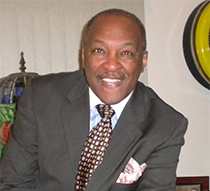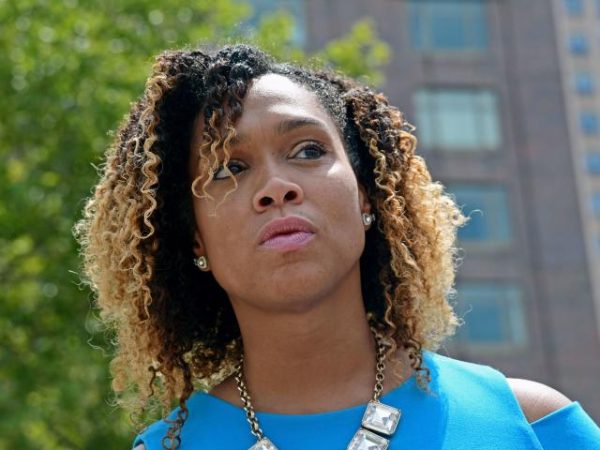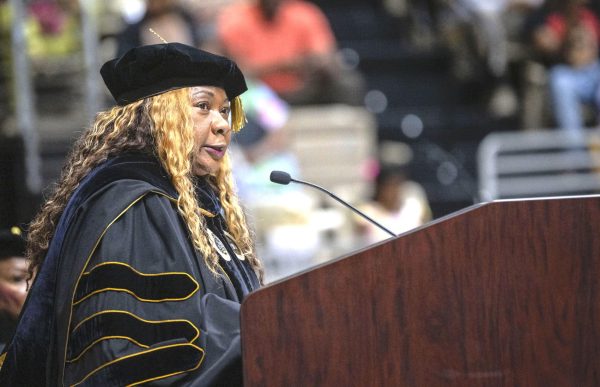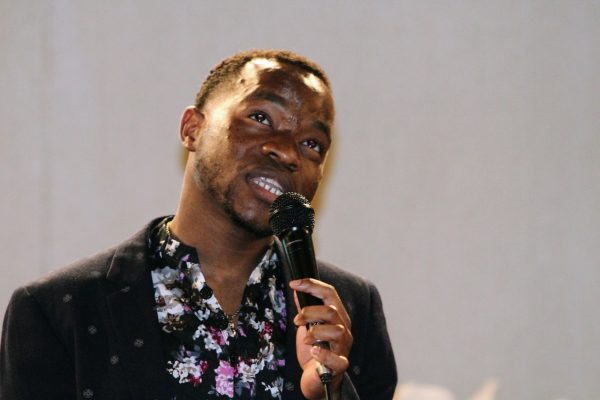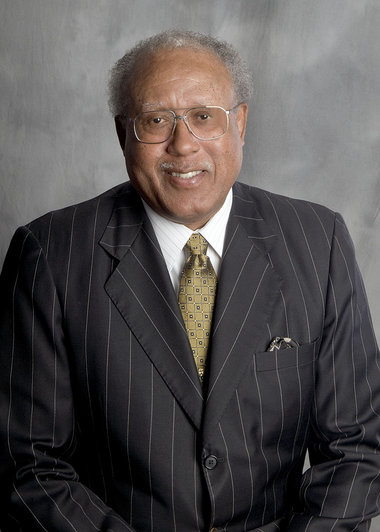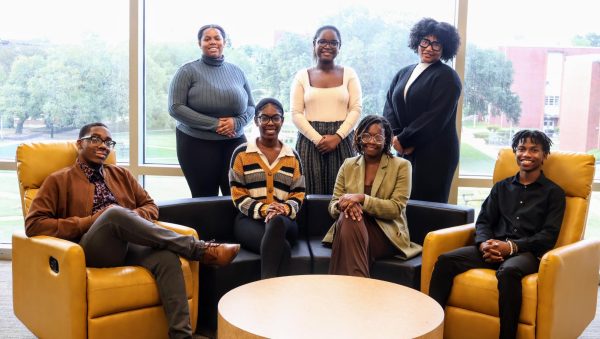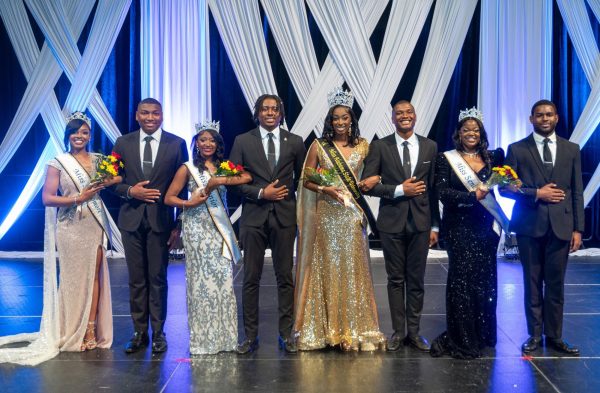Column: Did Hispanic Heritage Month spark student engagement?
October 23, 2021
Alabama State University’s Office of Diversity and International Affairs (DIA) recently concluded its campus-wide celebration of Hispanic Heritage Month. Observed from Sept. 15 to Oct. 15, Hispanic Heritage Month shows appreciation toward the many Spanish-speaking countries represented in our community. Of the 20 Hispanic countries globally, students originating from nine of those countries grace the Hornet’s Nest every day. Through efforts such as game nights, displays, decorations, and more, the Office of DIA successfully honored the students of those countries and encouraged dialogue about the diversity throughout our institution.
In previous years, the Office of DIA would organize large events of exciting fellowship for the occasion. There would be Hispanic dinners served in the dining hall, First Fridays, meet and greets, and much more offered to the student body as ways to celebrate, but a more intimate approach was adopted this year. Due to the challenges of the pandemic, along with other administrative issues, the Office of DIA focused on appealing to the masses educationally rather than just socially.
“We wanted to pinpoint the specific Hispanic countries represented and then go from there,” said Matthew Clark, a junior interdisciplinary studies major who also works as President of the International Student Association. “So, we got information from those specific students on any tips of things they would want at the events so that they can feel more at home.”
In the Levi Watkins Learning Center, displays were put up showcasing various facts of each represented country. Offering glimpses at each nation’s fashion, food, popular culture, media, and more, the Office of DIA conveys that appreciation of culture can only be achieved by properly understanding it. The event coordinating team also pushed out daily fun facts on the represented nations via the DIA’s many social media platforms. Through these efforts, they ensured that students not only observed the wonders of each culture but also comprehended it.
“It helps our students domestically understand the different cultures so that when they go out into the workplace, they will have the cultural competency to be able to work well with others,” said Linwood Whitten, interim vice president of Student Affairs and director of the Office of DIA, as he stresses the importance of cultural understanding in all. “Not just exclusively covering Hispanic Heritage Month, but also talk about issues that surround diversity, whether it is about no bias training, talking about awareness for breast cancer, domestic violence, Nigerian Independence Day, Pride Month or World AIDS Day. We are just making sure that students are aware of all these different things that take place outside of the classroom that holistically shapes a student.”
“We knew what Hispanic Heritage month was, but we did not know what it could consist of culturally,” said Kristina Pettus, a senior studying business management who works as an intern in the office. “We did a lot of research and gathered up some things that we could do.”
Unbeknownst to many, the population of citizens of Hispanic origin is rapidly multiplying throughout the nation. The U.S. Census provides data showing that Hispanics have the highest population compared to any other minority group within the nation, which explains their culture’s major influence on American life. Though resources were limited, The Office of DIA did all things possible to highlight that influence.
“Staying in the country, we are not really introduced to a lot of outside environments,” said Jeremy Ballard. “So it is fun to be able to get involved and interact with it on campus.”
Though these efforts are for the nourishment of the entire campus, ASU’s international students especially consider celebrations such as these to be beneficial. As they are forced to acclimate to not only American life but also HBCU life, these initiatives allow them to show pride in their cultures.
“It helps us feel accepted and promotes diversity on campus,” said Derrick Muraya, a senior international student from Kenya. “It shows that there are a lot of different cultures in the school, and we are able to come together.”
“We are all so busy, so we do not have time to plan an event where all of us can be together,” said Lizaveta Dzemchanka, a sophomore international student from Russia, as she explains that these initiatives help to bring the international students closer to one another. “These events help us out. We get to know each other more and just have some fun.”
Despite restrictions of COVID-19 guidelines, scheduling conflicts with other university events, and any other snag in the road, the office of DIA completed its mission of spreading cheer and reverence. This year’s approach proved not only to be appropriate but also productive, as the festivities not only appealed to their senses but also opened their minds. I applaud the team of students who organized the efforts, as they embodied the values of teamwork and inclusivity in order to present such events to the university.








